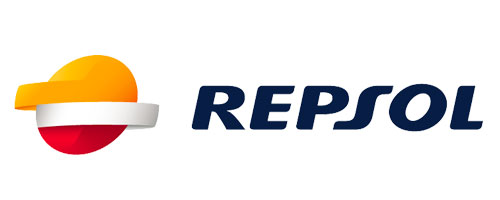Home » Education Programs » Innovation Gateway » Design and Test a Solar Oven
This challenge is no longer active and has been completed. Submissions are no longer being accepted.
Be part of the NASA mission. Compete in a new series of challenges through our Innovation Gateway, a community science initiative. Everyday explorers – just like you – have the opportunity to provide useful solutions to further space exploration and our world.
In this challenge, design a solar oven and use your design to warm a previously cooked or unperishable food item.


In this challenge, design a solar oven and use your design to warm a previously cooked or unperishable food item. (Do not attempt to cook and eat something that would cause harm if eaten while undercooked!)
Here on Earth, we have relied on the sun for nearly all of our energy. The food we eat for nourishment, much of the electricity we use to power our homes, and even the gas that ends up in most cars; nearly all of that energy can be traced back to the sun, either directly or indirectly. And given the amount of sunlight that gets converted to energy, there is still plenty more to spare. In fact, if you covered an area the size of South Africa in solar panels, we would be able to power the entire world! And what’s more, the sun doesn’t just supply the Earth with its energy.
Several space agencies have relied on the sun to power many of the objects we’ve sent into space, from rovers on Mars to full spacecraft powered by solar sails! Even the International Space Station relies on a huge array of solar panels to power the experiments that are telling us so much about our world and universe. And as NASA looks to the future, it is clear that solar energy will continue to play a huge role in propelling spacecraft, powering robotics, and preparing food on other worlds!
Challenge winners can select from two general admission tickets to Space Center Houston or a virtual chat with a NASA astronaut.
Construct a portable solar oven that can accommodate a standard apple inside. Your prototype should be able to heat food to a minimum temperature of 100 degrees Fahrenheit. Engage in the engineering design process to design, build, and test your solar oven.
Warning! Do not attempt to cook and eat something that would cause harm if eaten undercooked!
Level 1: Design and build a solar oven that can accommodate a standard apple and heat food to a minimum temperature of 100 degrees Fahrenheit.
Level 2: Design and build a solar oven that can accommodate a standard grapefruit and heat food to a minimum temperature of 145 degrees Fahrenheit (the recommended minimum temperature for meat).
Level 3: Design and build a solar oven that can heat food to a minimum temperature of 145 degrees Fahrenheit and continues to function as an oven when completely sealed. (This will require a transparent “window” to allow sunlight to enter.)
Helpful hints for all levels:
Challenge winners will be featured on our challenge webpage.
Level 1, 2, & 3
This challenge is no longer active and has been completed. Submissions are no longer being accepted.
To support your research, review these resources to help get you started.
Presented by

with support from

HOURS TODAY
Have them apply to Rise! Rise is a program that offers students access to scholarships, mentorship, networking and career development opportunities, fostering their ability to address pressing global challenges.

When you give, you make a lasting impact on the future generations of explorers, innovators, astronauts, and beyond.

Use code WEB15 for 15% off a Space Center Houston membership + an extra month, free parking, discounts and other stellar perks.